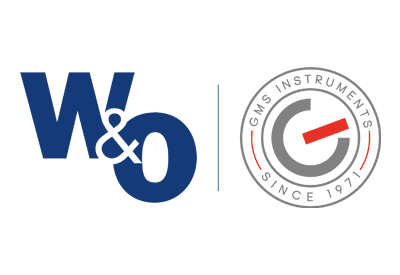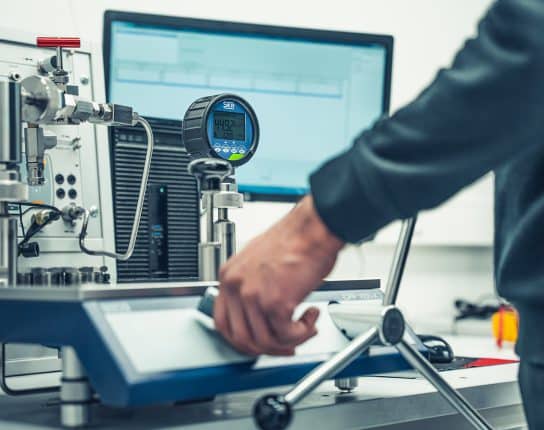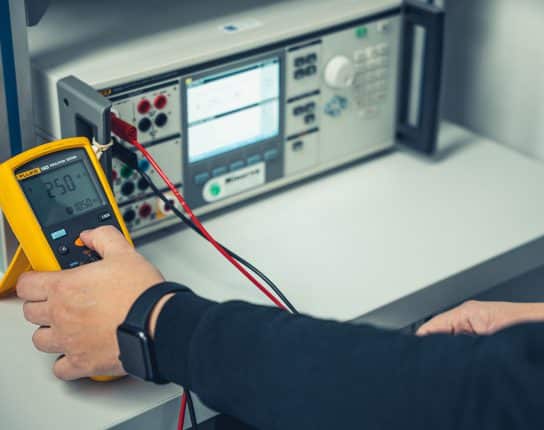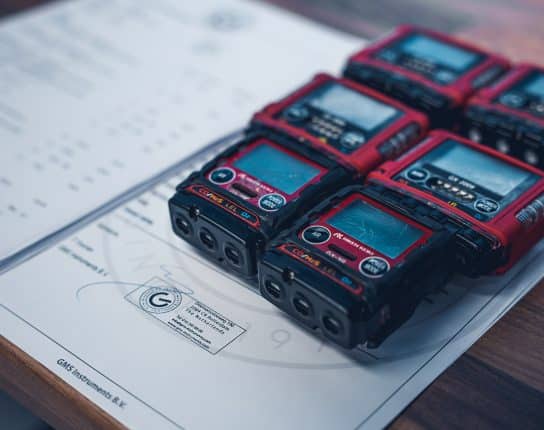
Thermostatic Valve Repair and Service
Temperature control valves are suitable for maritime and industrial applications where fluids must be mixed or diverted to achieve optimal temperatures. A valve can also be applied to cogeneration systems to control temperatures in the heat recovery loop, assuring proper engine cooling and maximising heat recovery. All to help provide the process with the optimal temperature and prevent costly downtime.
So, to explain the working of a thermostatic valve, we need to define one thing. Are we dealing with a 2-way valve or a 3-way valve? The number of ‘ways’ is the total number of holes defined in DN-size on the valve. A 2-way valve has one inlet and one outlet. A 3-way valve has one inlet and two outlets or the other way around. A thermostatic valve either diverts or mixes warm and/or cold temperature liquids to provide a liquid output at the predefined temperature to help the process.
Is thermostatic valve repair and service necessary?
Valves are exposed to numerous conditions, fluids, and temperatures. That’s why thermostatic valve repair and service is recommended by both the valve manufacturer and by engine manufacturers like Wärtsilä, Bergen, MAN, HiMSEN and others. In the Wärtsilä 32 engine service schedule, operators are advised to perform maintenance, including cleaning and inspecting the thermostatic valves that are a part of these systems, after every 12,000 hours of operation.
How to recognise repair and service
Wax element thermostatic valves are exposed to numerous of temperature cycles, eventually reducing the available stroke length. Overextended periods these numerous factors can reduce the performance of the internal thermostatic element assemblies, affecting the flow and temperature control of the application.
It should also be noted that exposure to chemicals, particulate matter, electrolytic corrosion, cavitation, or prolonged operation at extreme conditions can reduce the life of the element assemblies. Valves and their thermostatic element assemblies contain rubber seals and components, which will naturally degrade over time, whether unused in storage or at a higher rate when the valve is in use.
When no service and repairs are made on your valve, the increase of downtime could result from this. You can notice a decrease in performance of your thermostatic valve by the following signs:
- Reduced power output
- Decreased fuel efficiency
- Slow temperature response
- White smoke or excessive emissions
- Longer warm-up times
How to repair and service your valve
We recommend checking your thermostatic valves every engine maintenance cycle. Regardless of this is within a certain period, say, for instance, every two years, or every 9.000 – 12.000 operating hours. During your scheduled maintenance is the perfect moment to check for damage. Is there no record found of maintenance on your thermostatic vales, try to schedule this as soon as possible, and include the valve maintenance in the regular schedule.
We recommend replacing both the seals as elements during the check, no matter the signs or test results the elements give you. If you do not replace the sealings and elements during this maintenance, it could take another two years or an operating hour cycle before you recheck the elements. Although this seems a bit overwhelming and much, for instance, AMOT provides its valves with control valve service kits for easy and self-service repairs and services.
The base of scheduled maintenance is always to prevent downtime in the near future. So don’t take the risk of getting unnecessary downtime by not replacing the elements and seals. Questions about your thermostatic valve or more information on how to service them? Feel free to contact our specialist in our service center any time.
Related
More of the same



